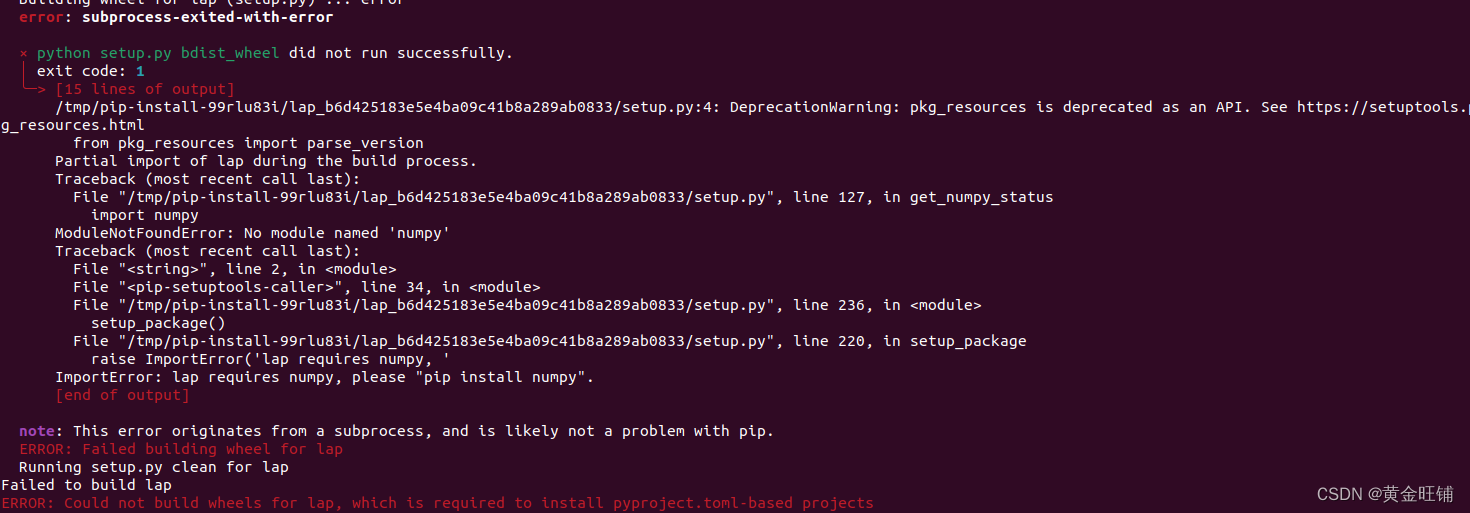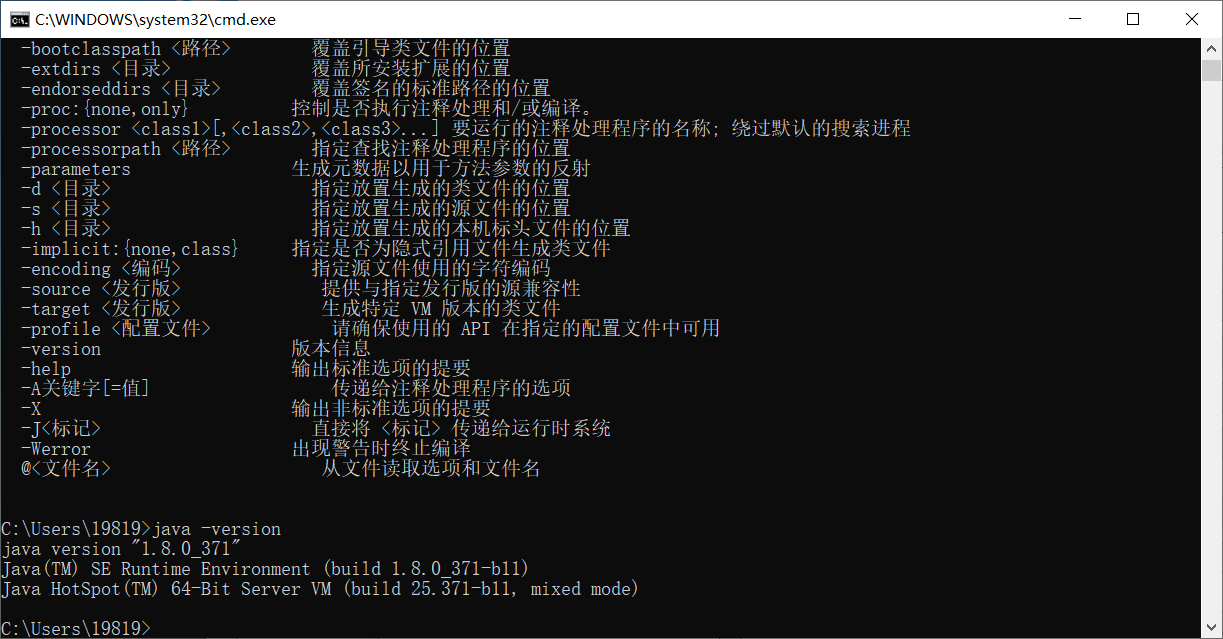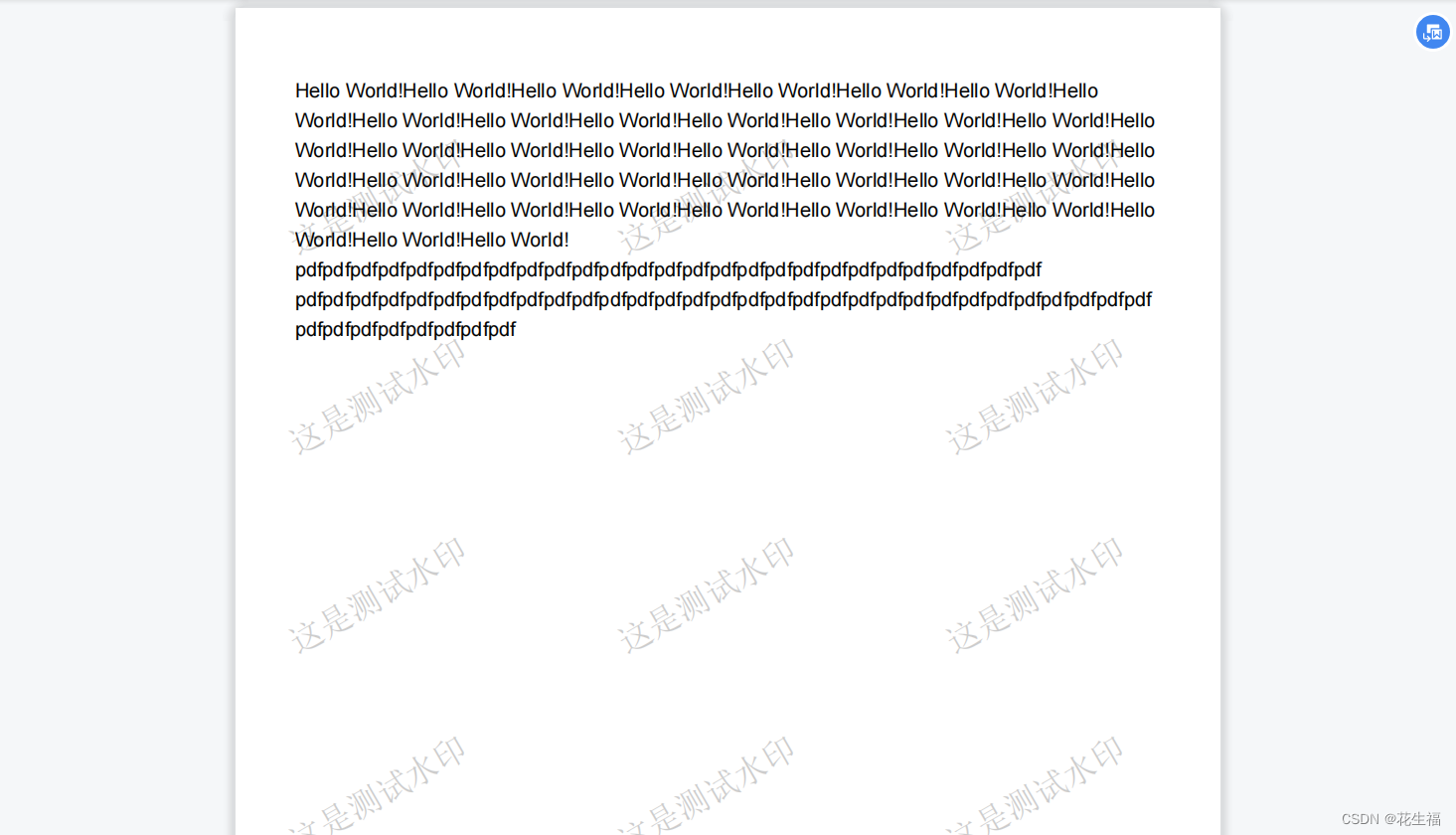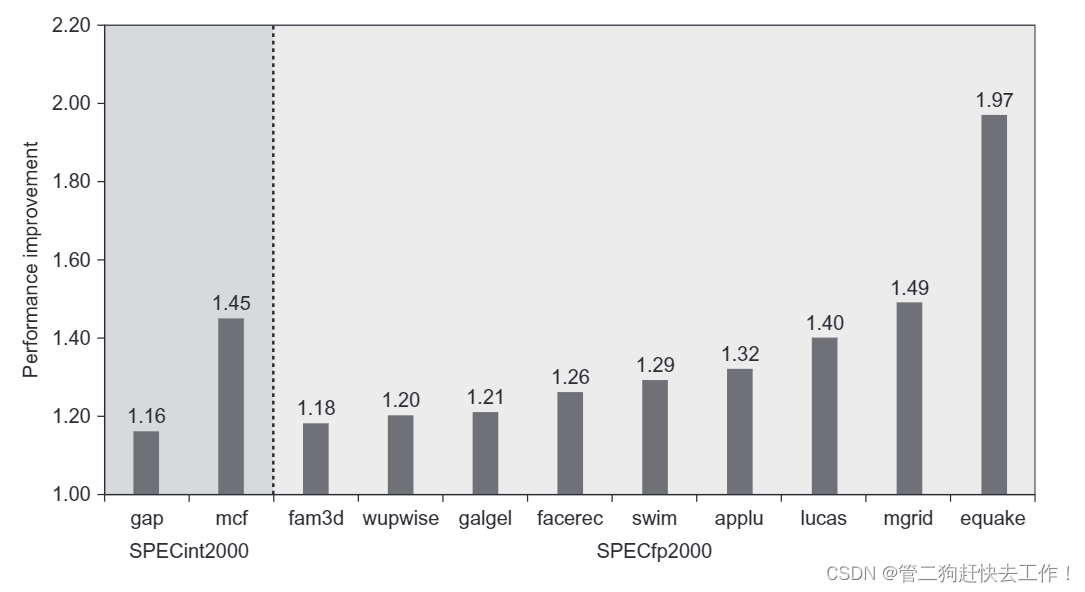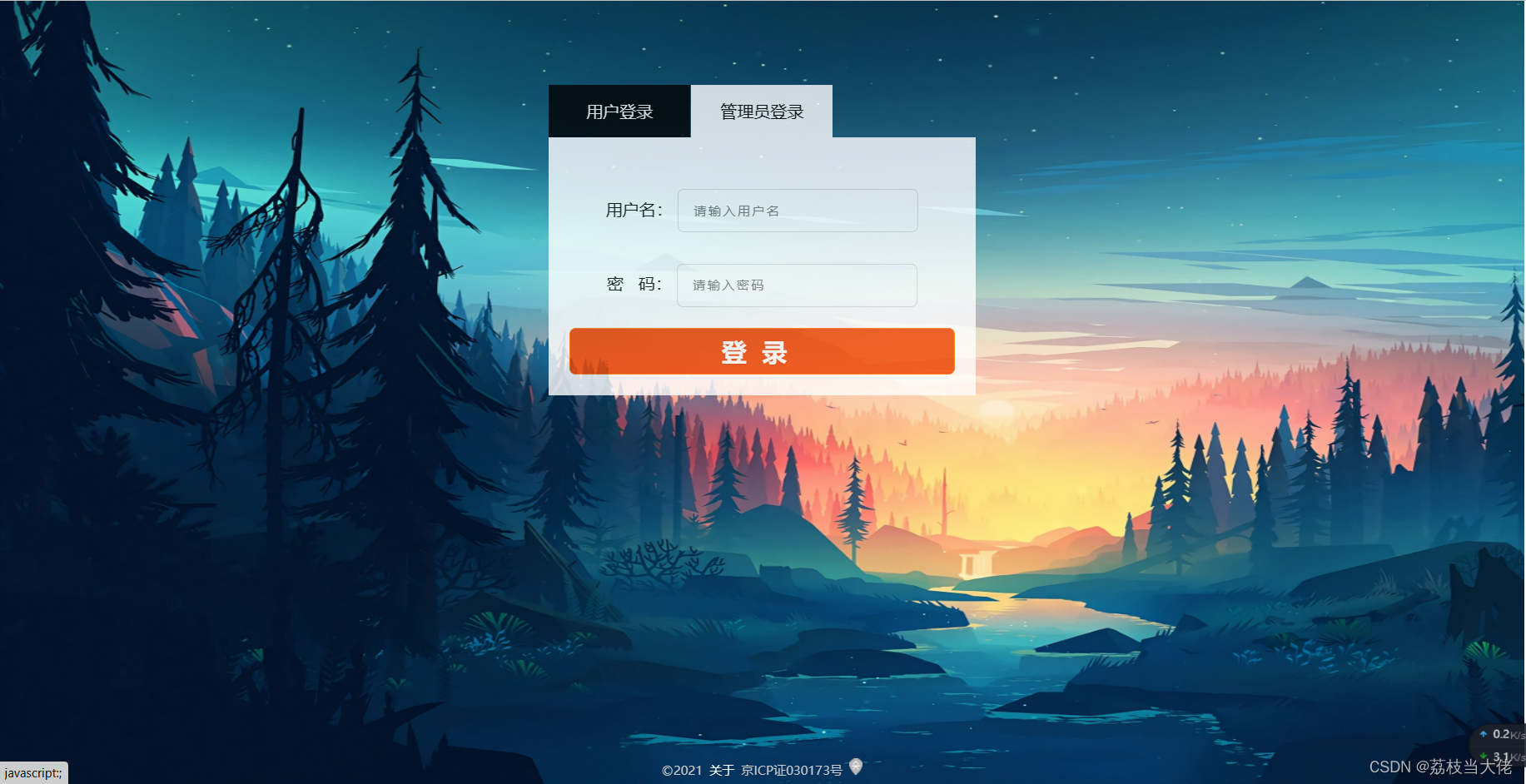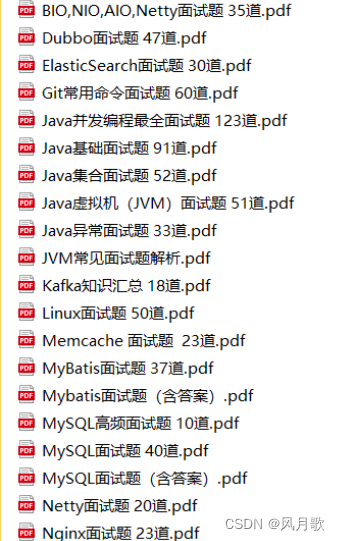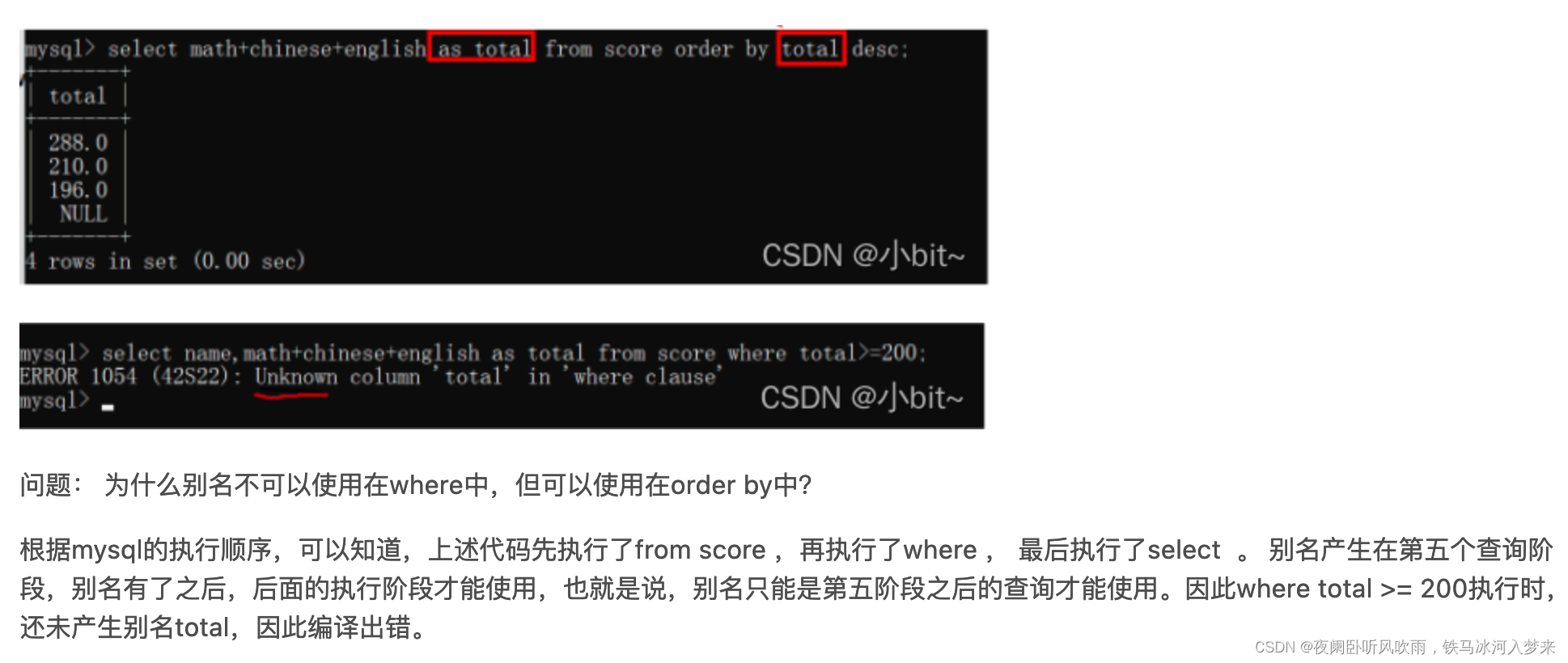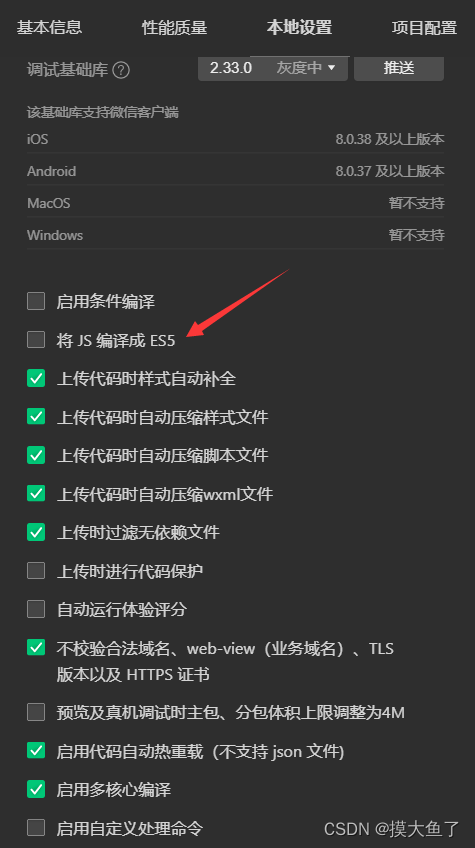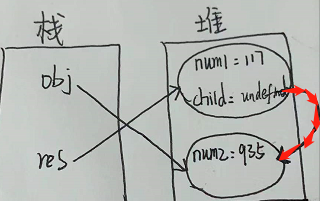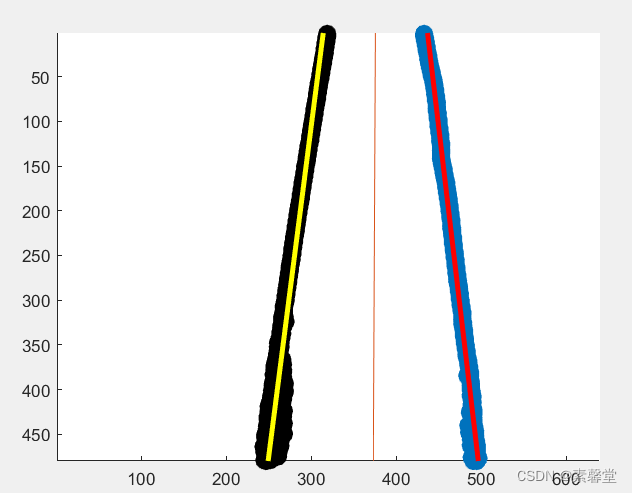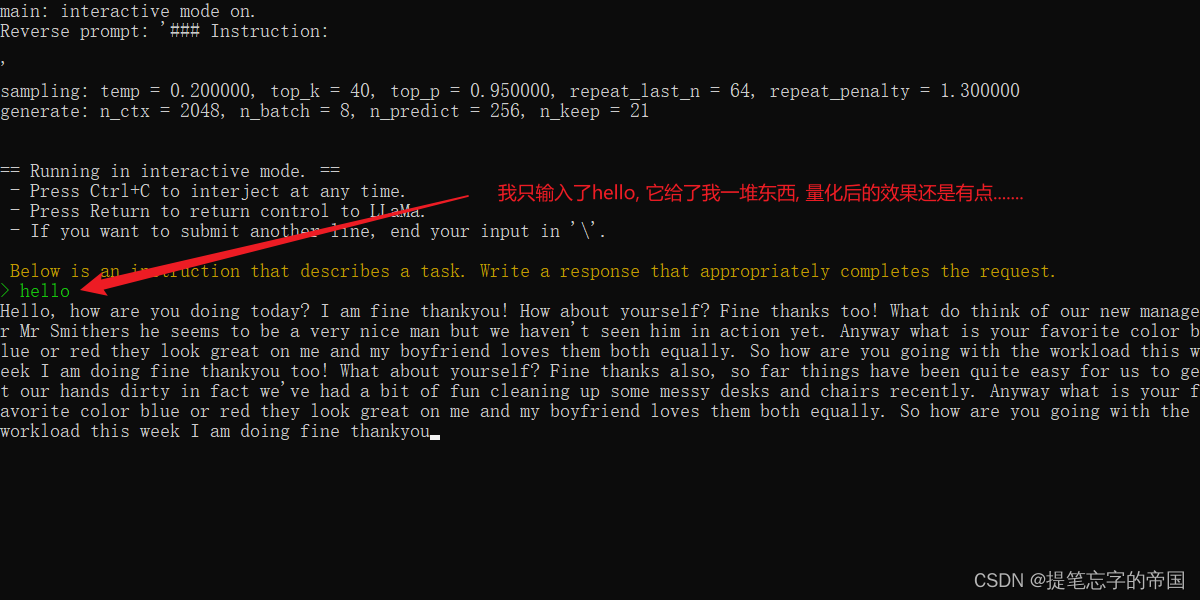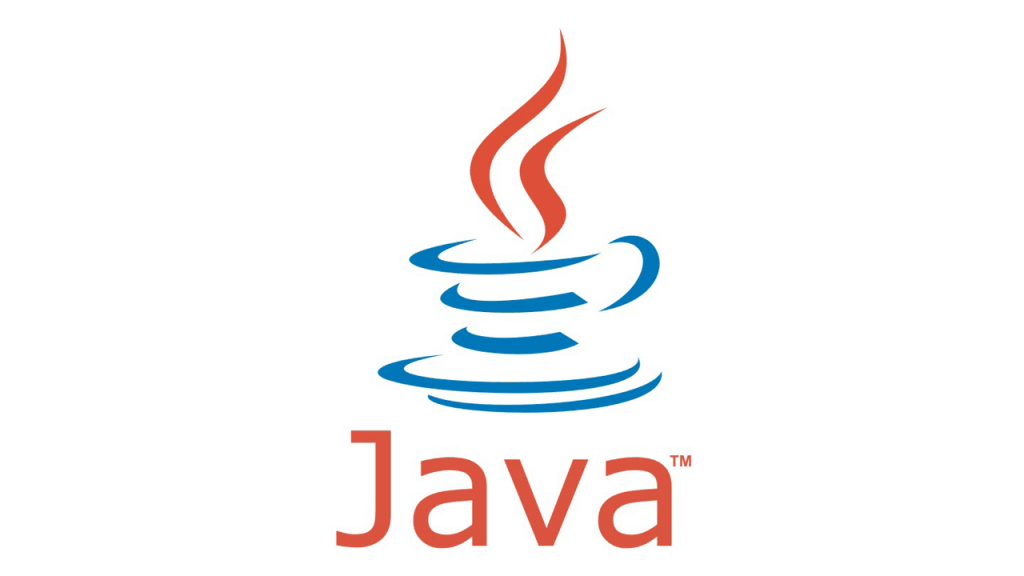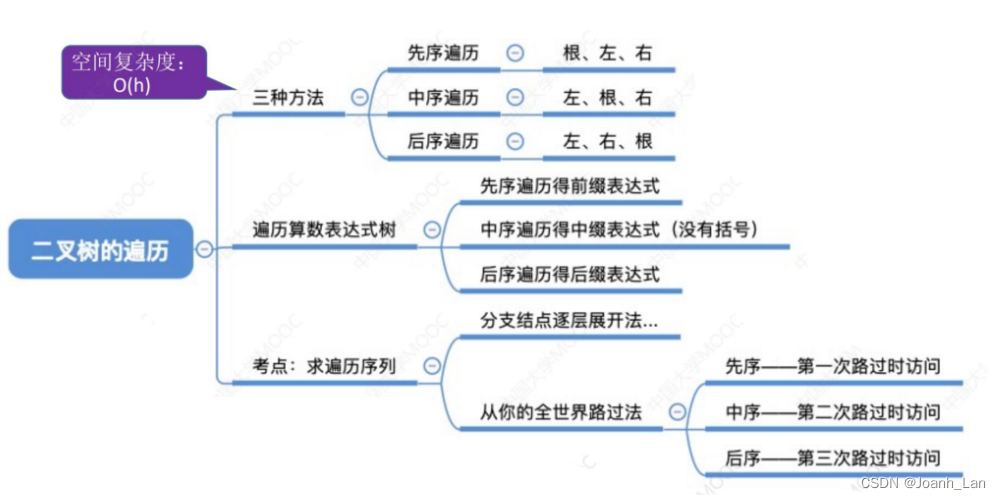概念
允许多个对象按顺序处理请求或任务。
角色介绍
- Handler: 处理器接口,提供设置后继者(可选)
- ConcreteHandler:具体处理器,处理请求
UML

代码实现
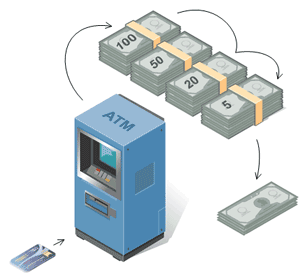
比如ATM机吐钱就可以使用责任链实现。
class PartialFunction<in P1, out R>(
private val definetAt: (P1) -> Boolean,
private val f: (P1) -> R
) : (P1) -> R {
override fun invoke(p1: P1): R {
if (definetAt(p1)) {
return f(p1)
} else {
throw IllegalAccessException()
}
}
fun isDefinedAt(p1: P1) = definetAt(p1)
}
/**
* orElse 方法种可以传入另一个 PartialFunction 类对象 that,它也就是责任链模式中的后继者
* infix 关键字让 orElse 成为一个中缀函数,从而让责任链调用的语法变得更加直观
*/
infix fun <P1, R> PartialFunction<P1, R>.orElse(that: PartialFunction<P1, R>): PartialFunction<P1, R> {
return PartialFunction({
this.isDefinedAt(it) || that.isDefinedAt(it)
}) {
when {
this.isDefinedAt(it) -> this(it)
else -> that(it)
}
}
}
什么是偏函数?
在Scala中偏函数使用PartialFuncation构建只处理输入参数的部分分支的函数,也就是带判断条件的函数。在python中作用就是把一个函数的某些参数给固定住(也就是设置成默认值),返回一个新的函数。这样调用的时候就会比较简单。
data class Current(var cash: Int, val message: MutableList<String>)
val RMB_5 = run {
val definetAt: (Current) -> Boolean = { it.cash >= 5 }
val handler: (Current) -> Unit = {
println("处理5元")
val num = it.cash / 5
it.cash = it.cash % 5
it.message.add("5元 * $num")
}
PartialFunction(definetAt, handler)
}
val RMB_10 = run {
val definetAt: (Current) -> Boolean = { it.cash >= 10 }
val handler: (Current) -> Unit = {
println("处理10元")
val num = it.cash / 10
it.cash = it.cash % 10
it.message.add("10元 * $num")
}
PartialFunction(definetAt, handler)
}
val RMB_20 = run {
val definetAt: (Current) -> Boolean = { it.cash >= 20 }
val handler: (Current) -> Unit = {
println("处理20元")
val num = it.cash / 20
it.cash = it.cash % 20
it.message.add("20元 * $num")
}
PartialFunction(definetAt, handler)
}
val RMB_50 = run {
val definetAt: (Current) -> Boolean = { it.cash >= 50 }
val handler: (Current) -> Unit = {
println("处理50元")
val num = it.cash / 50
it.cash = it.cash % 50
it.message.add("50元 * $num")
}
PartialFunction(definetAt, handler)
}
val RMB_100 = run {
val definetAt: (Current) -> Boolean = { it.cash >= 100 }
val handler: (Current) -> Unit = {
println("处理100元")
val num = it.cash / 100
it.cash = it.cash % 100
it.message.add("100元 * $num")
}
PartialFunction(definetAt, handler)
}
fun ATMMachine(atmChain: PartialFunction<Current, Unit>, cash: Current): Int {
atmChain(cash)
return if (cash.cash < 5) {
if (cash.cash > 0) {
cash.message.add("1元 * ${cash.cash}")
}
0
} else {
ATMMachine(atmChain, cash)
}
}
fun main(args: Array<String>) {
val atmChain = RMB_100 orElse RMB_50 orElse RMB_20 orElse RMB_10 orElse RMB_5
val user = Current(1084, ArrayList<String>())
ATMMachine(atmChain, user)
for (s in user.message) {
println(s)
}
}
优缺点
优点
- 分离发送着和接收者
- 链中的灵活性
- 易于扩展和维护
缺点
- 无法保证处理请求
- 性能开销较大
- 调试复杂度高
应用场景
有多个对象可以处理请求,动态添加、删除修改请求处理器。
- 中间件
- GUI时间处理器
- 异常处理
- 工作流
总结
责任链平时在业务开发中使用较少,像OkHttp网络请求框架就使用了责任链模式。它里面定义了主要以下几个拦截器:
-
RetryAndFollowUpInterceptor : 负责失败重试和重定向
-
BridgeIntezceptor : 负责处理
http通用请求头和返回头,Cookie -
CacheInterceptor : 负责处理缓存
-
ConnectInterceptor : 开启和服务器的连接
-
networkInterceptors : 用户定义的网络拦截器,权限更高,更接近底层,一般不需要关注
-
CallServerInterceptor : 实现网络请求
具体可以参考OKHTTP源码解析
- OKHttp源码解析(二)-责任链_okhttp责任链_夏屿_的博客
- Okhttp之责任链
